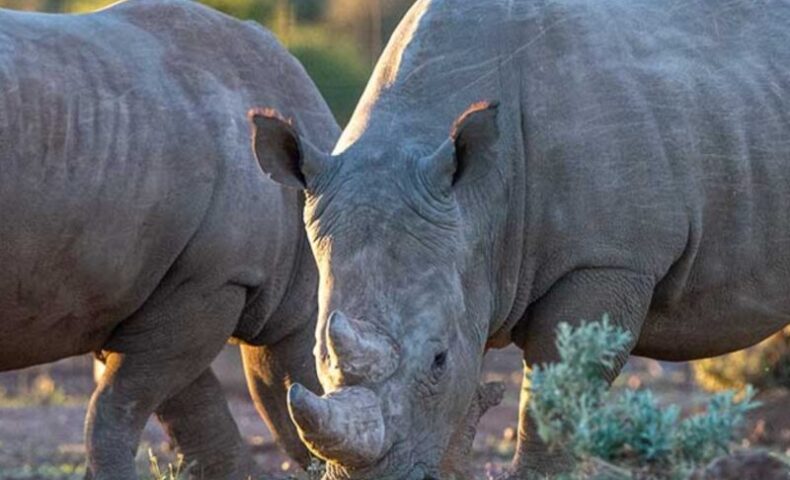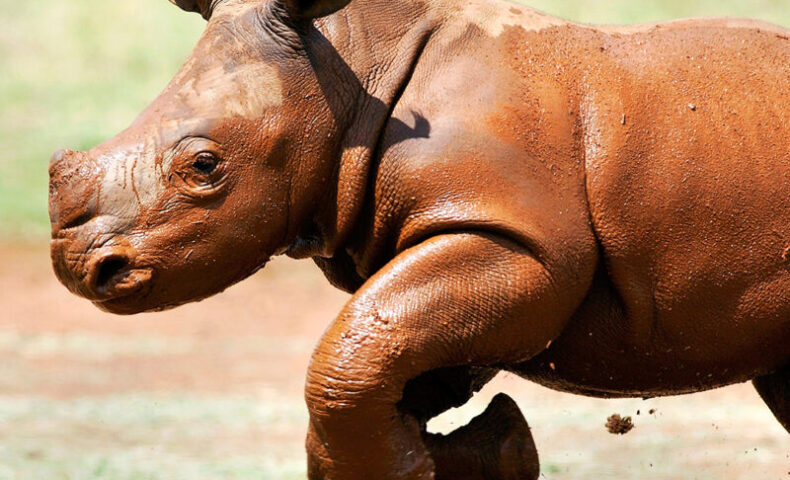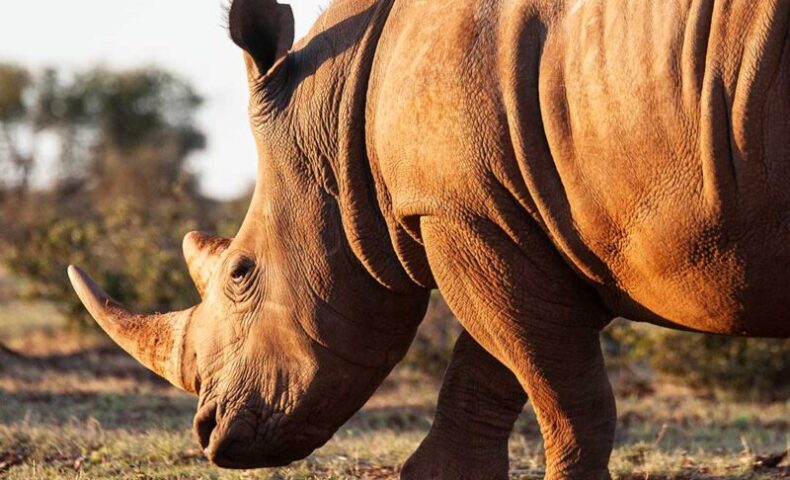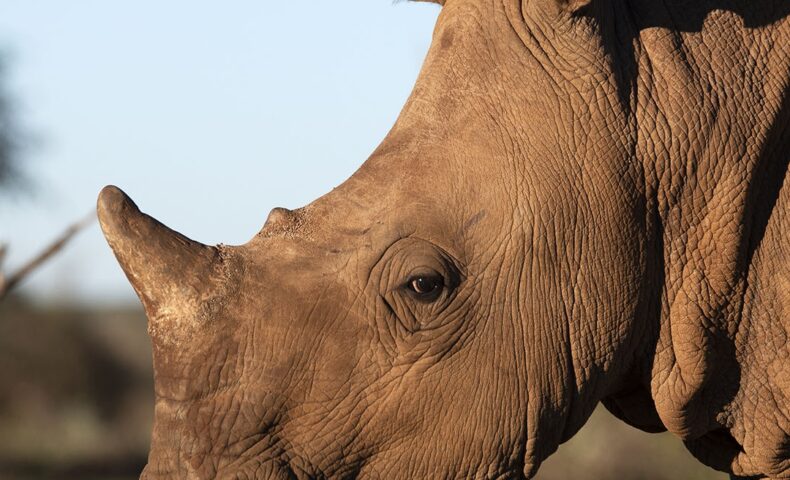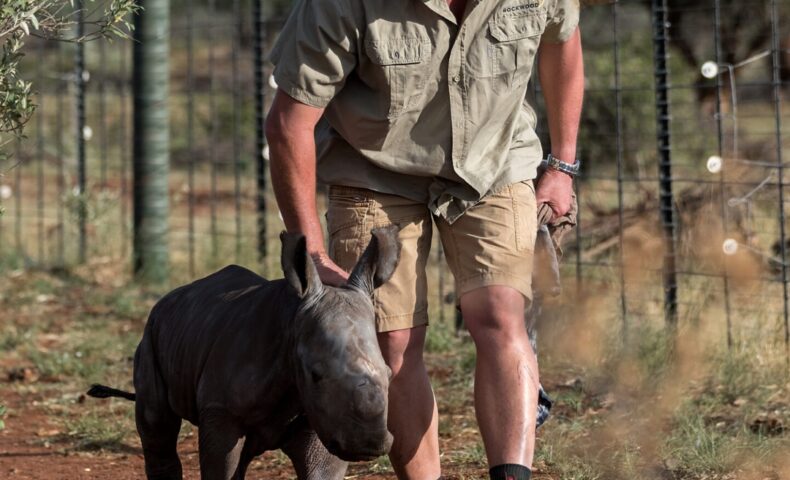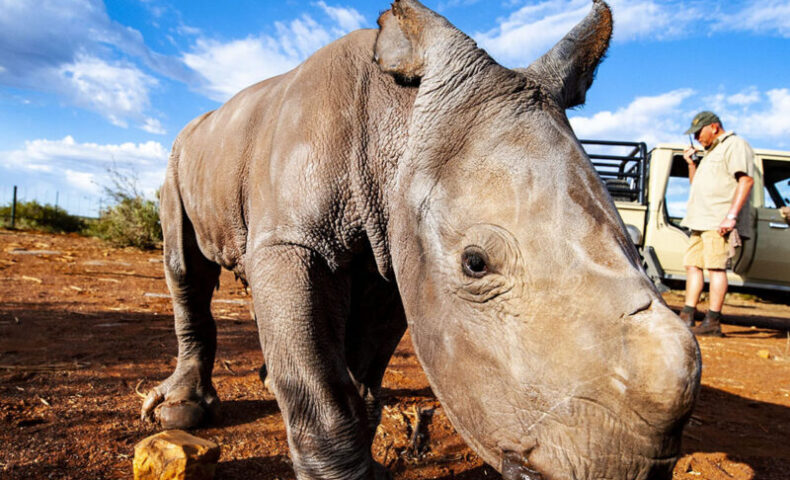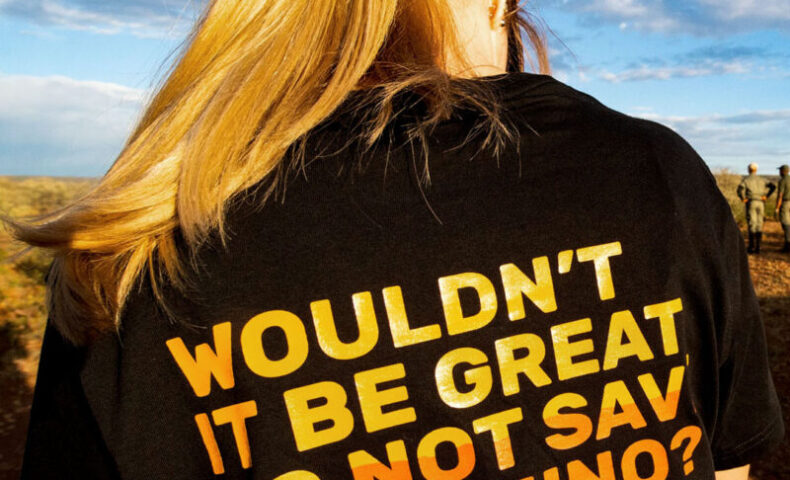In the late 1800s, about 850 000 black rhinos existed in Africa. But, due to unregulated killing, only 100 000 remained by 1960. By 1995, just 2410 black rhinos remained. However, Africa’s black rhino population has more than doubled since the 1990s. Could we finally be seeing a payoff to decades of committed rhino conservation?
Wildlife Conservation Victim of Pandemic
After the outbreak of the COVID-19 virus, many of China's wet markets (where animals are sold as food or pets) were shut down. 'Wildlife' markets, on the other hand, sell live wild animals (often illegally obtained). The commercial sale of wild animals for pets, traditional medicines, or ornamental uses has not been outlawed.
The Rhino Diet – A Closer Look At The 5 Species
With their massive bodies, thick, folded skins and facial horns, the rhinoceros (“rhinos” meaning “nose” and “keras” meaning “horn of an animal” in Greek) has fascinated humans from the earliest times. Read on for an overview of these incredible animals, and for a closer look at each of the five remaining rhino species’ diets.
Is Private Conservation the Last Hope?
From a population of around 10 000 white rhinos and 600 black rhinos in 2010, the numbers are now down to approximately 3 549 white rhinos and 268 black rhinos. Most rhinos were poached in Kruger National Park. If this trend continues, the entire rhino population currently protected by Kruger might be wiped out by 2030.
2020 Conservation Success Stories
2020 hasn’t been easy for anyone — the effects of Covid-19 reached far and wide, and were felt in the realm of rhino conservation too. But, no matter what challenges come our way, we persevere and give our all to saving the Southern white rhino. We'd like to share nine conservation success stories from Rockwood for 2020.
South Africa Boasts Decline In Rhino Poaching
South Africa’s recently released rhino poaching statistics confirm a drop in the country’s rhino poaching numbers. The numbers reveal a 26% decline from 769 rhinos poached in 2018, to 564 poached in 2019. As the fifth consecutive year to reflect a downward trend in poached rhinos, this is very good news for rhino conservation.
Science To Save The White Rhino
In a significant breakthrough for rhino conservation, scientists have successfully created three northern white rhino embryos. With the last remaining male northern white rhino dying in 2018 and only two critically endangered females left in the world, this is a massive step for the subspecies’ survival. Can the white rhino be saved?
How Many Rhinos Are Left?
The three rhino subspecies in Asia, two of which, the Javan and Sumatran rhino, are listed as critically endangered. Estimates put their numbers at fewer than a hundred. The world’s last male northern white rhino died on 20 March 2018. His female and daughter are still alive, but no further breeding is now possible.
Does Hunting Rhinos Help Conserve Them?
South African Minister of Environment, Barbara Creecy, has proposed increasing the yearly number of black rhinos that can be hunted from five to a maximum of 10 animals. Thankfully, a permitting and monitoring system is in place – stipulating that only older, post-reproductive or 'problem' bulls are permitted.
Why Become A Philanthropist For Rhinos
The reasons for becoming a philanthropist are easy enough to understand. Most of us genuinely want to make the world a better place. It’s also a well-known fact, doing good feels good. It’s probably one of our most human traits. Helping others with no obvious benefit to ourselves is what separates us from every other species.
How Your Donation Saves Rhinos At Rockwood
No matter where they are in the world, you can join the fight to save the African rhino. Apart from visiting us as a tourist or volunteer, you can sponsor a rhino or donate towards their care. We provide a detailed breakdown of what it takes to care for rhinos, so you know that your donation goes directly towards conservation.
LEAD A Fulfilling Life By Giving Back To Nature
There are two things every single person in the world has in common – the planet we live on and a choice. We can choose to be seeds – small yet significant and full of potential. Or we can be parasites – self-serving, destructive, harming the very host keeping us alive, the Earth. We can choose to give more or take more.
Volunteer At Rockwood And Help Save The Rhino
Rockwood owner, Wicus, and his teams of rangers are on guard 24 hours a day, 7 days a week to help protect rhinos. Health checks and collecting blood, milk and many other samples for research takes whole teams of research scientists, students, rangers and volunteers. You can help too by volunteering to work at Rockwood.
Rhino Poaching
Rhinos sit at the top of the food chain since they have no natural predators. Yet, poaching is driving an entire species to extinction for body parts. Over the last 20 years, we’ve discovered just how much a single species disappearing from an area can create unpredictable imbalances in an ecosystem.




